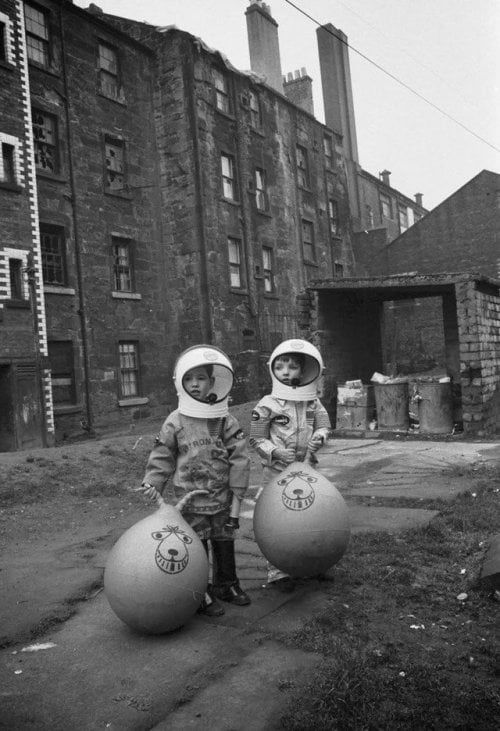Ed Henderson
@dredhenderson.bsky.social
900 followers
140 following
640 posts
Mostly historic buildings but also occasional landscapes of North Cumbria.
Posts
Media
Videos
Starter Packs
Reposted by Ed Henderson
Reposted by Ed Henderson
























